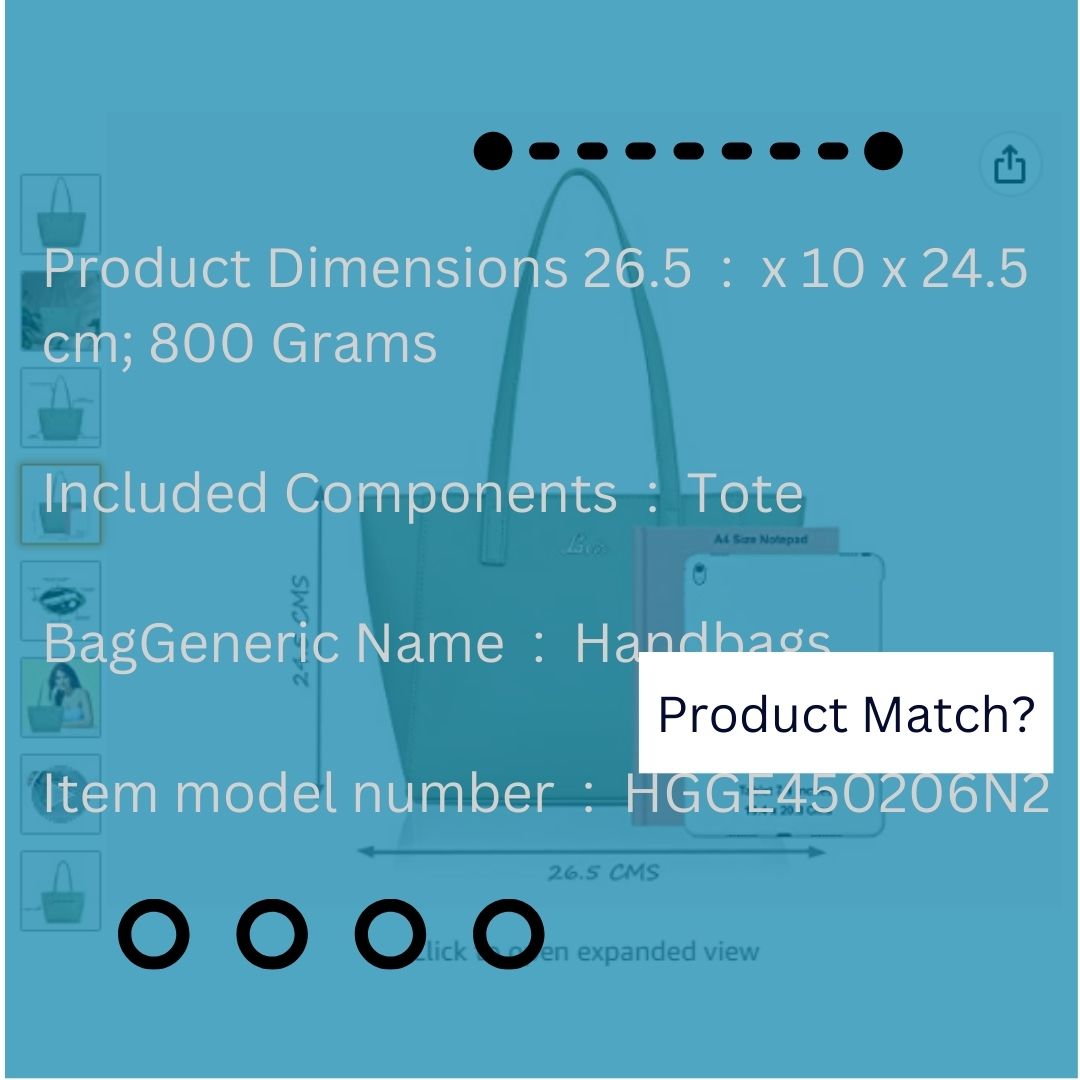WHAT IS CONTENT MODERATION?
Content moderation Services India is the practice of monitoring, assessing, and filtering content based on a predetermined set of rules. Online marketplaces and social media platforms rely on user-generated content (UGC) for engagement and activity, and moderation helps maintain and enforce community guidelines.
Content moderation can help identify:
- Violence
- Profanity
- Sexual-derived language
- Inappropriate images
- Substance abuse
- Nudity
- Racism
- Religion
- Political extremism
- Fake news
WHAT ARE THE TYPES OF CONTENT MODERATION SERVICES?
LABELIFY’S CONTENT MODERATION SERVICES
IMAGE MODERATION
Expert moderators evaluate user-submitted images on online communities for sensitive content, quality, and guideline violations. Platforms are then able to accurately identify violence, offensive comments, drug and weapon use, and to add metadata to large datasets.
VIDEO MODERATION
Video content moderation helps rate, evaluate and flag offensive video content and trolls that can harm brand image and removes that content from the videos. Labelify expert moderators can moderate frame-by-frame and still images using real-time reporting.
TEXT MODERATION
Text moderation is performed on documents, discussion boards, chatbot conversations, e-commerce catalogs, and chat room transcripts. Text moderators can search for duplicate content, offensive content, or content that does not comply and remove it.
CONTENT MODERATION PROCESS
Labelify subject matter experts will guide you through the process to develop a customized end-to-end workflow.
1. Expert Consultation
Transformative, solution-based approach. Multidisciplinary problem solving. Improved resilience and agility.
2. Training
Targeted resources. Custom skilling. Deep and focused microlearning. Domain expertise. Rostering tools.
3. Workflow Customization
Alignment between processes and tools. Structured Development Milestones. Production and QA annotations can be done in two steps.
4. Feedback Cycle
Analytics can help you achieve transparency Real-time Monitoring and Service Delivery Insights. Edge Case Insights. Dynamic Model Improvement.
5. Evaluation
Evaluation of the deliverable. Evaluation of the most critical metrics and quality assurance procedures. Model reconsideration. Analyse of the business’s performance.
Why Choose Labelify?










